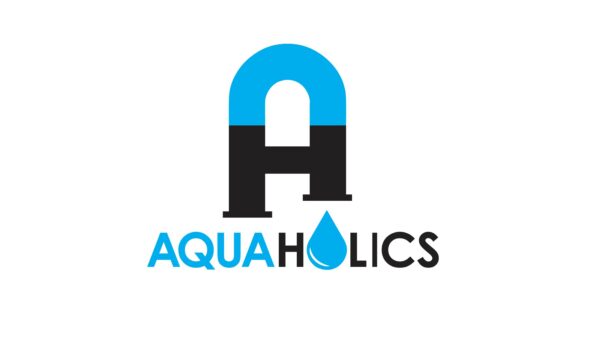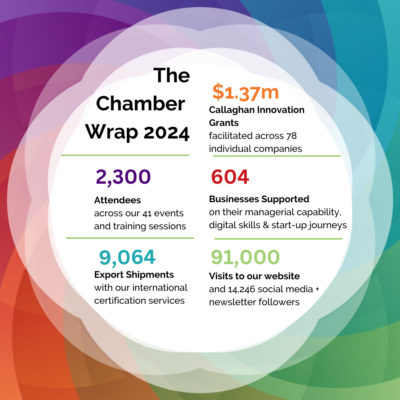Matt Solomona, Director at Maisey Harris & Co, talks cash flow forecasting: What is it, why do you need one and what are some of the common causes of poor cash flow.
What is a cash flow forecast and why is it important?
A cash flow forecast (CFF) is an effective financial management tool to assist with future business planning, cash management and is critical to survival and growth.
A three-way cash flow forecast is like a budget on steroids! Not only will you plan your projected income and expenditure for the coming financial year, but also your capital budget (buying assets, paying liabilities and paying tax – items that effect your cash funds but don’t show on your profit or loss budgets & reports).
Mash these two plans together and the outcome is a more accurate and relevant forecast that can drive effective decision making.
What are some of the ways that a forecast comes in handy?
The most common purpose of a cash flow forecast is to supply your bank with financial data to continue financing facilities, but this is only one of the benefits.
A CFF will help business owners to understand the difference between profit and cash, and understand the impact improving your cash flow will have on how you operate your business.
With a CFF you can predict and plan for large cash outflows, improve communication and relationships with financiers and suppliers, and provide insight into what your key cash flow drivers are leading you to create improvement strategies.
This can often lead to improving business processes that maximise cash flow, profit and ultimately business value too.
Don’t forget CFFs can increase motivation and create focus in your business too! Nothing like setting a financial target and achieving it, especially if your team are aligned and you celebrate these wins together.
How do you get started setting one up?
First off, start with a personal budget. Get your personal affairs in order so you understand what your business must provide you as a business owner.
Next, plan ahead. Move to your business budget: What do you plan/forecast to earn in income, what are your current outgoing expenses and what expenses you can predict over the next 12 months?
Preferably, this data would be generated in Excel to then pass on to your accountant to flesh this out and utilise their forecasting software. As cash flow planning is time/date specific, you want software to do the heavy lifting here by manipulating and tweaking your data to ensure it fits in with your goals and business model. You want a financially sustainable business and you may need to run a few scenarios in order to get this optimal – especially in the current disruptive business environment.

What impact does our current Covid-19 environment have on setting up and using your forecast?
It definitely creates additional challenges as planning a business is around an expectation of certainty, if there is none it becomes increasingly harder to plan – feeling more like predicting or guessing what to forecast without expecting to achieve targets.
However, it just means your plans may be more conservative than normal. It might mean that you need to revisit a cash flow forecast twice a year rather than annually, or, if it needs to be updated to reflect a significant change in your business environment. A revised forecast with current, relevant data can be key to surviving or revealing a cash flow challenge.
What are some of the common mistakes when it comes to cash flow?
Inadequate cash flow is a symptom of management problems in a business, NOT the cause. A very profitable business can experience extreme cash flow problems, just as an unprofitable early stage business can survive if it’s well funded.
To help point businesses in the right direction, here are The Seven Key Causes of Poor Cashflow:
- Accounts receivable process.
- Accounts payable process.
- Inventory process.
- Inappropriate debt / capital structure.
- Overheads too high.
- Gross profit margins too low.
- Sales levels too low.
Want more top tips, advice and insights? Check out our news section.
















































